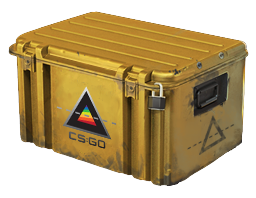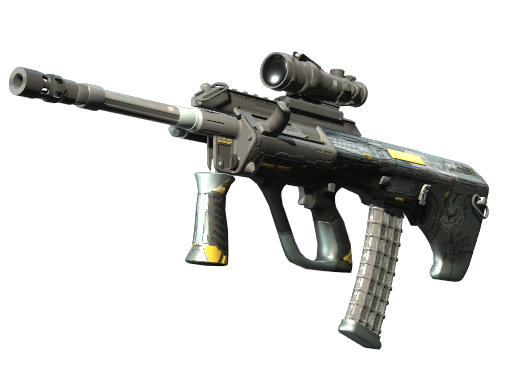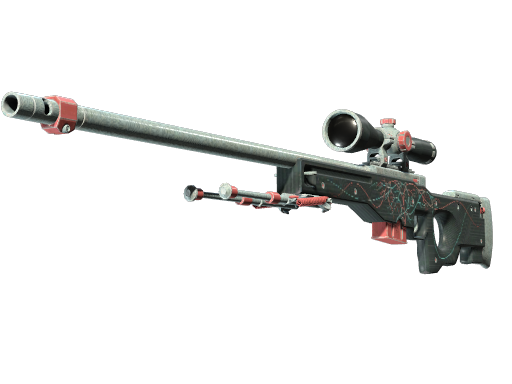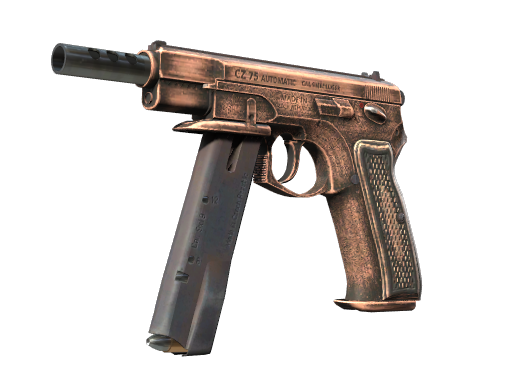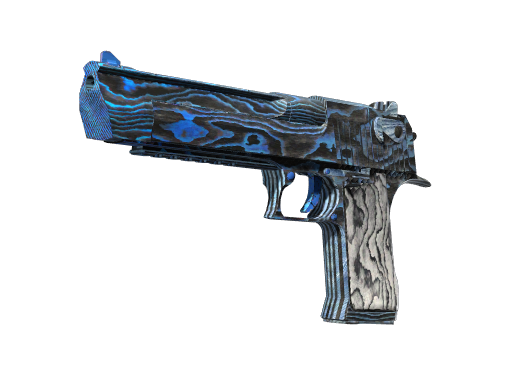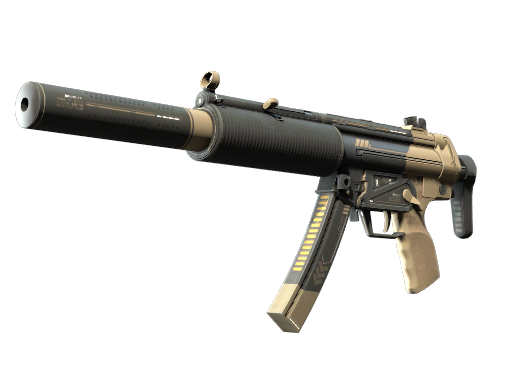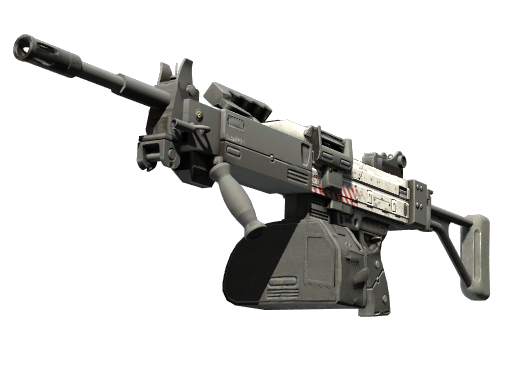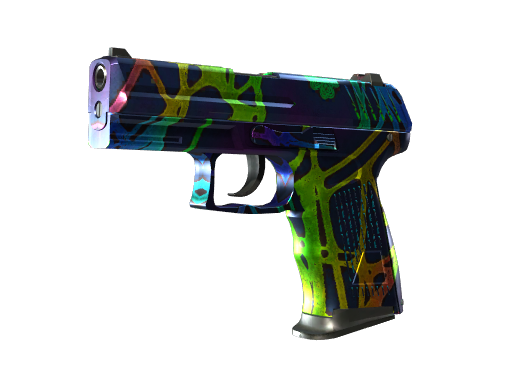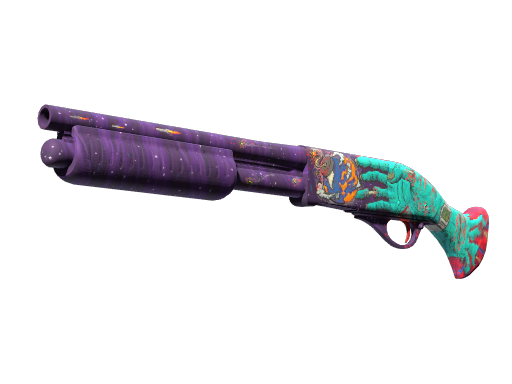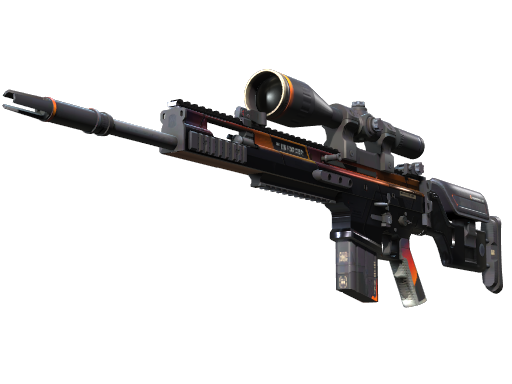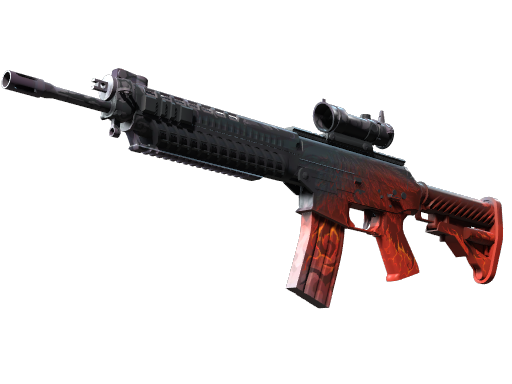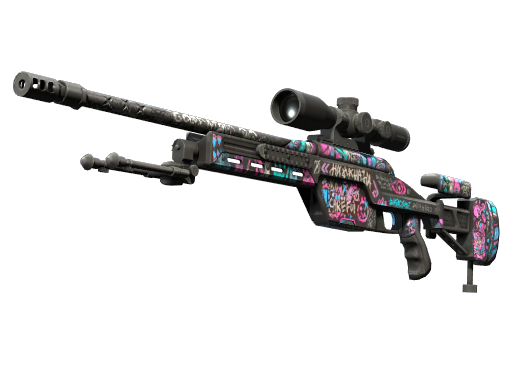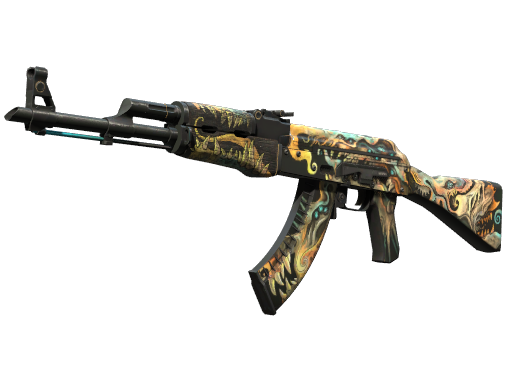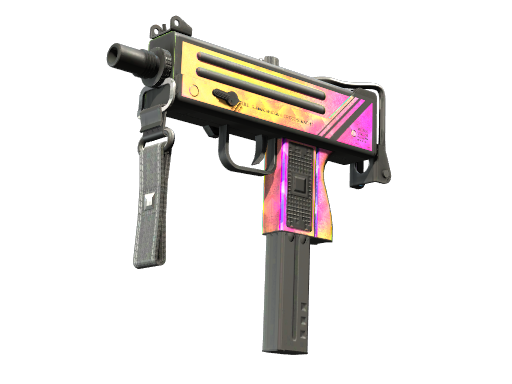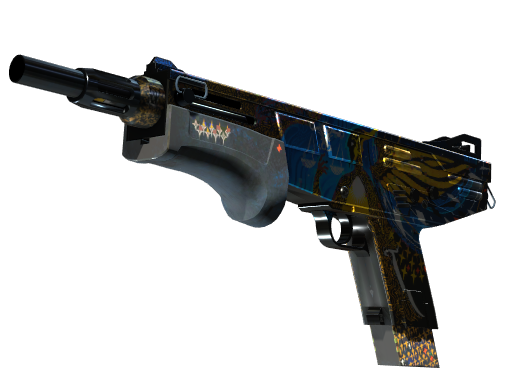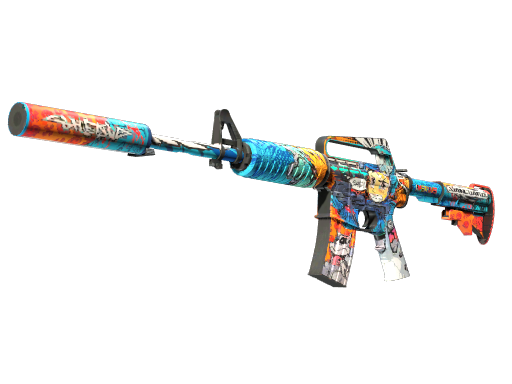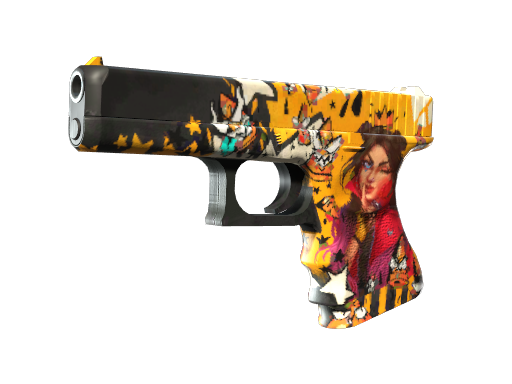The Prisma 2 Case has sparked excitement in the Counter-Strike: Global Offensive community, offering players a chance to acquire highly sought-after weapon skins. This case has become a focal point for collectors and traders alike, with its unique designs and potential for rare drops. The appeal of these skins goes beyond mere aesthetics, as they can also have an impact on the game’s economy and player experience.
Players looking to get their hands on Prisma 2 Case skins have several options to consider. From opening cases directly to trading with other players, each method has its pros and cons. This article will explore the economics behind the Prisma 2 Case, delve into strategies to obtain desired skins, and provide insights on maximizing value. Whether you’re a seasoned trader or new to the world of CS:GO skins, understanding the Prisma 2 Case can help you make informed decisions in this dynamic market.
Prisma 2 Case Economics
Case Price History
The Prisma 2 Case, introduced to CS2 on March 31st, 2020, has experienced significant price fluctuations. Initially, the case saw a sharp increase, reaching a peak of 10 cents shortly after its removal from the active drop pool. However, it quickly settled around 8 cents, with hundreds of thousands of buy orders at this level. The case’s price has continued to decline, currently ranging between $0.32 and $0.60 across various marketplaces.
Supply and Demand Factors
The Prisma 2 Case’s economics are heavily influenced by supply and demand dynamics. With a popularity rating of 90%, it remains one of the most sought-after items in CS2. However, the high supply has led to price decreases. The case’s liquidity stands at 100%, indicating its popularity and ease of trading. Factors such as the Steam Summer Sale and the potential release of new operations can significantly impact case prices, often leading to temporary sell-offs.
Investment Potential
While the Prisma 2 Case has shown some investment potential, experts advise caution. The case market is currently in a transitional phase, with prices recovering from recent dips. Long-term investors might consider waiting for potential price drops during major events or new operation releases before buying in. Historical data from similar cases, like the Prisma 1, suggests that patience can lead to profitable returns over extended periods, typically ranging from six months to several years.
Strategies for Obtaining Desired Skins
Case Opening Tactics
Players seeking specific skins often turn to case opening. While this method carries an element of chance, some tactics can improve the odds. Opening multiple cases in succession increases the likelihood of obtaining rare items. However, it’s crucial to set a budget and stick to it, as case opening can become costly. Some players believe in “lucky” times or patterns, but these are largely unproven.
Trade-Up Contracts
Trade-up contracts offer a more structured approach to obtaining desired skins. This method involves exchanging ten lower-tier skins for one of higher quality. To maximize success, players should carefully select input skins with favorable float values. Using a trade-up calculator helps determine the best combinations and potential outcomes. While trade-ups require initial investment and research, they can be a cost-effective way to acquire specific skins.
Market Sniping Techniques
Market sniping involves quickly purchasing underpriced skins from various marketplaces. This strategy requires vigilance and quick reflexes. Players can use automated tools to scan markets for deals, but many platforms have measures to prevent excessive bot usage. Successful market sniping often relies on understanding price fluctuations and being able to identify valuable patterns or stickers that may be overlooked by casual sellers.
